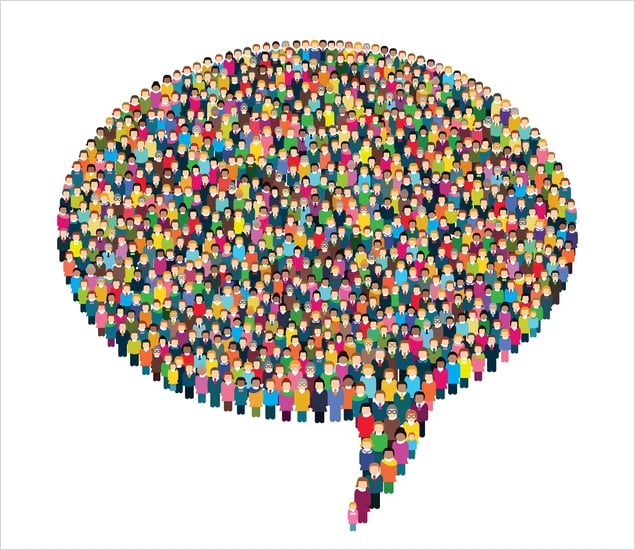You have /5 articles left.
Sign up for a free account or log in.

iStock/aelitta
The student affairs field is demographically more diverse than other college professions and relatively lacking in pay-equity issues, according to a new report.
The College and University Professional Association relied on data it collected on student affairs professionals to determine that about 71 percent of positions are held by women. In contrast, about 58 percent of positions across higher education more broadly are occupied by women.
However, most racial demographics are underrepresented in student affairs.
While about 17 percent of college students are Hispanic, only about 8 percent of student affairs officials are. And Asian men and women comprise about 6 percent of students, but only about 3 percent of student affairs professionals.
The association said in a written statement that a big increase is projected among Hispanic students by 2026, which “should prompt action to ensure there are more Hispanic student affairs staff in the pipeline.”
In a potentially surprising twist, white men are slightly underrepresented in student affairs compared to overall student demographics, with 20 percent of positions being occupied by white men versus 24 percent of students overall.
For leadership positions, this shifts somewhat, with about 33 percent of top jobs being held by white men. About 56 percent of the top officers are female.
“This report confirms a mostly anecdotal observation that student affairs division and leadership represent one of the most diverse sectors in higher education,” Kevin Kruger, president of NASPA: Student Affairs Administrators in Higher Education, said in a written statement. “However, the report also makes clear that more progress is needed in order to ensure that the student affairs workforce is truly representative of the rich diversity of students who attend our colleges and universities. It is critical that we continue to increase pathways for access, pay equity and advancement for women and professionals of color in student affairs.”
In terms of pay, student affairs has smaller gaps for both members of minority groups and women compared to the rest of higher education.
White women -- the more entry-level staff members -- were paid about 96 cents for each $1 white men earned. This gap was slightly wider among leadership, where white women earned closer to 91 cents for every $1 their white male counterparts earned.
Black men earned 97 cents for every $1 a white man made, and black women earned 94 cents for every $1 a white man was paid -- among the black junior student affairs staffers.
The report also examined counselors, which are in high demand on campuses given that the mental health needs of students have increased dramatically in recent years. While the overall growth rate for student affairs positions is about 7 percent, the number of student counselors has increased by 10 percent.
Most counselors are women (about 77 percent) and white (75 percent).
“Current events and emerging needs such as the heightened demand for mental health counselors play out some of the same tensions found in all of student affairs -- the pressure to expand available services while trying not to overextend the bottom line,” the report said.
The report follows recent research into the political inclinations of student affairs professionals, which found they were overwhelmingly liberal.








